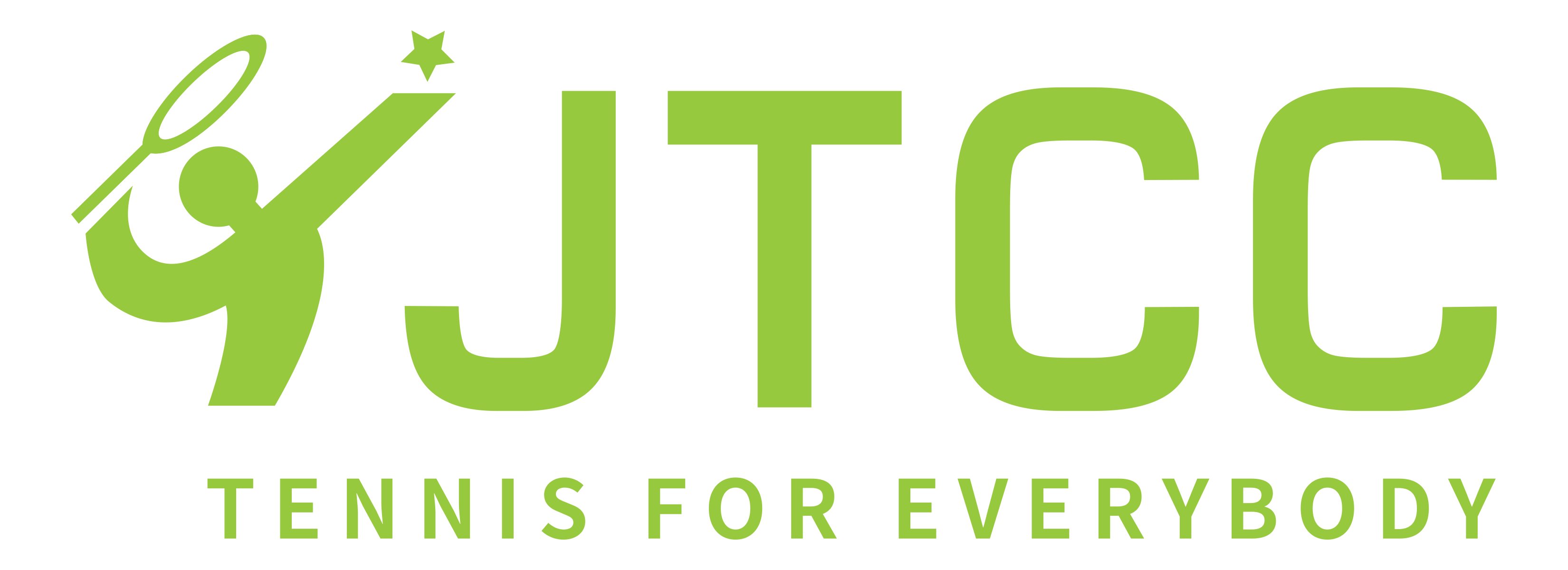
JTCC’s Director of Mentoring, Megan Moulton-Levy, provides an important reminder about the the value of working hard at your doubles game.
In tennis, doubles is the unloved step child. It is rarely televised, there isn’t much value placed on learning and practicing doubles, the format has been shortened to lessen its importance even more, and players are often told that they shouldn’t play doubles as it will have a negative impact on their singles. However, think about how learning doubles may actually help with performance in singles?
Throughout my career as both a player and subsequently as a coach I’ve regularly been labeled as a ‘doubles specialist’. However, singles has always been always been important to me. I reached #57 in the ITF junior singles rankings, was ranked as high as #7 in the ITA collegiate singles rankings and reached #237 in WTA singles rankings. I am certain a large part of my success on the singles court is because of the value I placed on my doubles game.
As a child I spent a lot of time at the net and as a result developed my volleying skills. As I progressed into junior competition volleying was one of the best parts of my game. However, I never came to net because I didn’t understand how to transition from the baseline to the net. I would soon realize that being a good volleyer and understanding the art of transitioning to the net are two TOTALLY different animals.
I won’t reveal my height but those of you who know me are aware that I am vertically challenged! This meant that as a junior, especially at my size, the idea of covering the whole court while at the net seemed impossible. In college, under the tutelage of Kevin Epley, I learned how to truly play and understand the game of doubles. When I started to see the court through the lens of a doubles player, transitioning to the net in singles became simple to me. The giant court suddenly seemed small. I develop a clear awareness of my court coverage (territory) as the server’s partner and returner’s partner. This allowed me to close out space and shrink the court.
However, simply shrinking the court was never enough. If I put myself in the right position, I had to have the courage to go after the ball. By nature, I am not very aggressive so poaching never came easily to me. Kevin often had to coerce me into being brave enough to poach while at the net. His encouragement helped me learn how to be fearless, push through barriers and become comfortable with putting myself in tough situations.
Most of the time I was consumed with my own fears to the extent that I wouldn’t pay attention to what was going on across the net! In singles I could get away with this mindset because I had the speed to play reactive tennis but doubles really showed me how to tap into the weaknesses of my opponents. Too often, we as tennis players we are totally consumed with what we are doing and forget that we are playing against another human being. It should always be your goal to stay one step ahead of them.
As the server in doubles, you have to be accountable for your service placement and quality. In college, we ran a lot of plays; a particular play would only work if I hit my serve to a precise location. This took serving with a purpose to a whole new level as I could put my partner into trouble if I didn’t hit my serve well enough. When you hit your serve well you can begin to predict with more accuracy where and how the return will be hit.
I wouldn’t hesitate to say understanding the game of doubles made me a MUCH better singles player. But don’t just take my word for it. Let’s examine some WTA players:
- Jelena Jankovic – In 2008, she was #1 in the world in singles. She dropped out of the Top 10 in 2011 and had a year-end ranking of #22 in 2012. In 2013, she played 18 doubles tournaments, including winning the title at the Canadian Open in Toronto. She ended the year back in the Top 10 in singles and #20 in doubles.
- Samantha Stosur – started her professional career in 2000 by February 2006 she reached a career high ranking of #1 in the world in doubles. Its wasn’t until 5 years later in February of 2011 that she reached her career high ranking of #4 in the world in singles. It is likely her success in doubles kept her confidence high even when she didn’t have immediate success with her singles.
- Kristina Mladenovic – started her professional career in 2008 and spent 2013-2014 ranked inside the top 20 in doubles and 2015-2018 ranked inside the top 10 in doubles while making her ascent to singles stardom. It took her 9 years to reach her career high singles ranking of #10 in 2017.
At JTCC, Mira Vlcek and I have instituted doubles Thursdays. We take two hours out of the week to teach the players fundamental doubles concepts. Not only do they get more volley reps than usual, they are engaged, filled with energy, smiles and embrace the fierce competition.
Tennis has to place more value on doubles. If kids are TAUGHT how to play doubles, the skills that can be transferred to singles are numerous!


